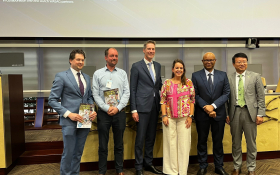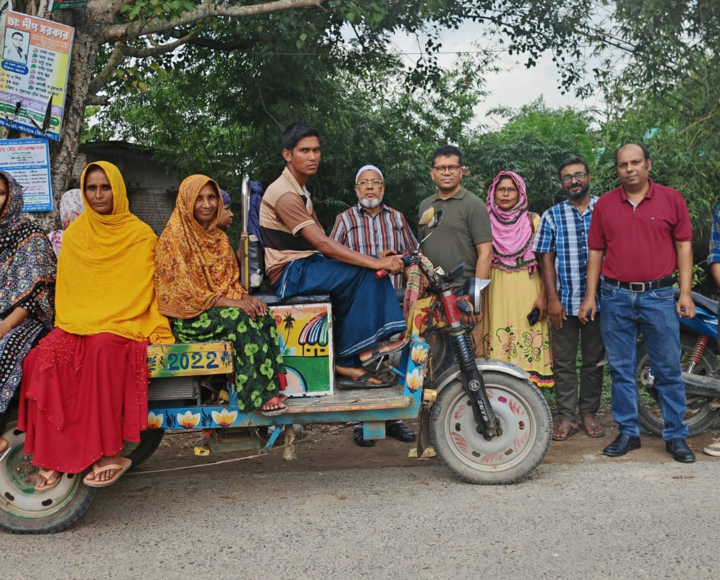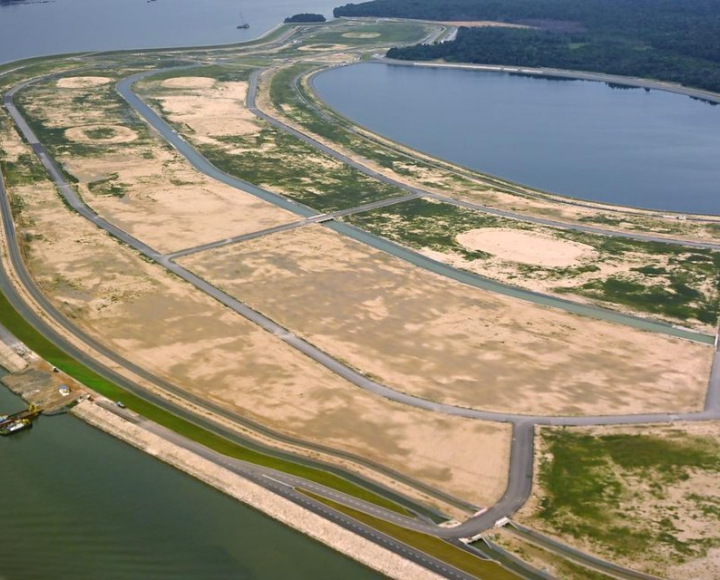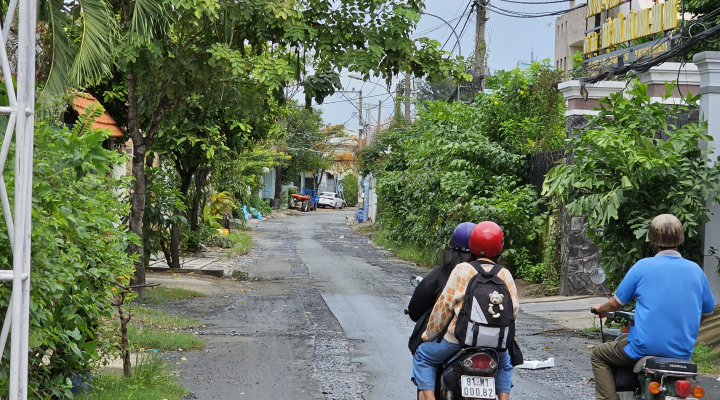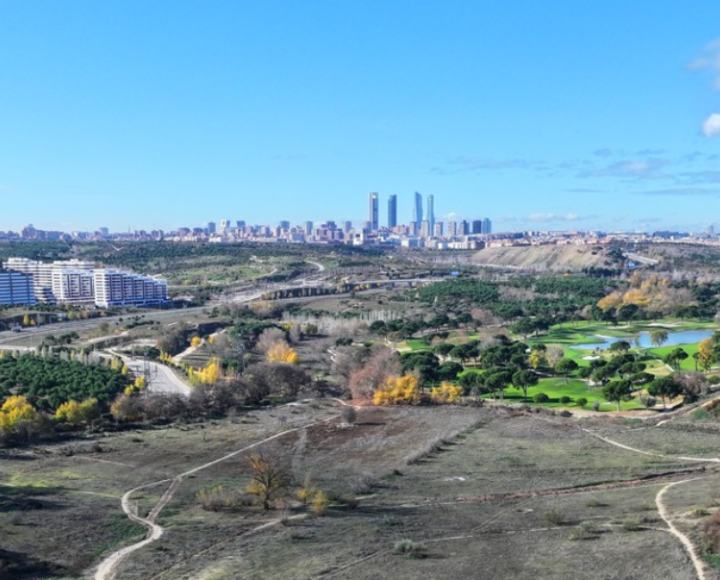
A systems perspective for climate resilient deltas
From the Nile to the Mekong, the world’s great deltas are changing rapidly. New research published in Nature Climate Change by a consortium of Dutch and international researchers unveils a framework to diagnose what drives these shifts. It also supports local and regional action towards climate-resilient delta futures.
Climatic threats and human activities
Globally, deltas are home to around 500 million people and host fertile ecosystems that sustain food production, fisheries, and trade. Yet these low-lying regions are also on the frontline of climate change. Rising sea levels, saltwater intrusion, and increasingly extreme weather events are placing growing pressure on fragile deltaic environments. Alongside these climatic threats, local human activities, such as dam construction, sand mining, land subsidence, and groundwater extraction, are rapidly accelerating environmental degradation.
Understanding the drivers shaping deltas
To better understand and address these challenges, an international team of researchers has developed a diagnostic conceptual framework that identifies the ten primary drivers of change affecting deltas worldwide. These include climate change, sea-level rise, deforestation, intensive agriculture, urbanisation, impoundments, land subsidence, groundwater extraction, flood defences, and resource mining.
The framework connects these drivers with their direct and indirect impacts across different time and spatial scales – ranging from local to transboundary levels, and from years to centuries. It provides a tool to diagnose the processes shaping delta systems and to support evidence-based decision-making for adaptation and policy.
By clarifying how these drivers are interconnected, the framework demonstrates that many human-induced pressures produce measurable impacts within years or decades. This is much faster than most climate-driven effects. Recognising this immediacy is crucial for designing effective and timely adaptation measures.

Building the framework
The research builds on three years of collaboration among leading Dutch and international knowledge institutions, including Deltares, Utrecht University, the University of East Anglia, the University of Southampton, the University of Oxford, Wageningen University, TU Delft, the University of Cologne, and the University of Padova.
Inspired by the Rise and Fall Project – a long-term initiative by Deltares and Utrecht University – the team integrated decades of field data and expertise to create a framework that can be applied globally. In July this year, their findings were published in Nature Climate Change.
A systems thinking approach
The study emphasises that deltas cannot be treated as isolated landscapes. They are dynamic interfaces where river basins, coastal zones, and human activity intersect. The new framework is designed to capture this complexity by adopting a systems approach. It links biophysical processes with the socioeconomic and governance structures that influence how these processes evolve.
This systems perspective helps to identify where interventions may lead to unintended consequences elsewhere in the delta system. It also provides a common language for scientists, engineers, policymakers, and communities to collaborate on building resilience.
Dr Sepehr Eslami, lead author and coastal expert at Deltares, explains on Deltares’ website: “By promoting system-level thinking, this framework encourages more critical and collaborative approaches to adaptation. It helps identify the solutions with the greatest likelihood of being implemented successfully, especially when embedded in a longer-term vision.”
The impact of human footprints
While climate change remains a dominant long-term threat, the research shows that human-induced activities are already reshaping deltas at an alarming pace. Local and regional pressures – from agriculture and poldering to deforestation and groundwater extraction – are often the primary forces destabilising delta systems in the short to medium term.
In the Mekong Delta, for instance, upstream sediment trapping and extensive sand mining downstream have caused accelerated riverbed and coastal erosion. This had led to increased saltwater intrusion. Studies show that only a small fraction of this salinity rise is linked to sea-level rise, while the majority is caused by these human-induced processes. Similar trends have been observed in the Ganges–Brahmaputra–Meghna and Nile deltas. There, land-use changes, resource extraction, and altered hydrological regimes are disrupting agriculture and threatening livelihoods.
Such findings underscore that effective adaptation cannot focus on climate hazards alone. Addressing local human-induced drivers is equally critical to safeguarding deltaic environments.
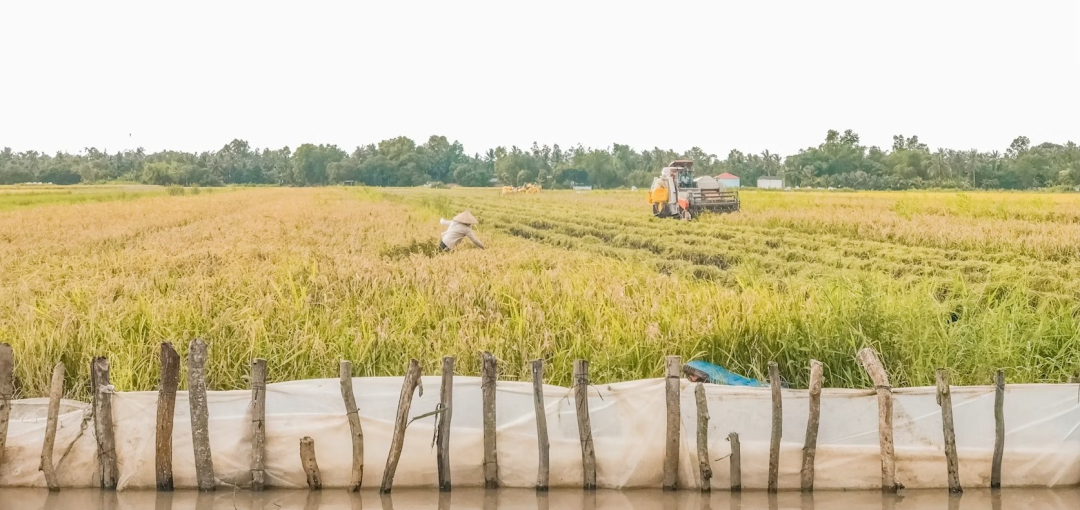
From research to action
Beyond its scientific value, the framework has strong practical potential. It serves as a tool for policymakers, planners, engineers and other stakeholders to design locally relevant, realistic and resilient adaptation strategies. By highlighting how natural and human drivers interact, the framework strengthens early-stage system understanding, laying the foundation for sustainable adaptation planning. The framework can also facilitate dialogue among multiple stakeholders such as government agencies, regional authorities and local communities. This is a vital element in building consensus and co-developing lasting, context-specific solutions.
A collective effort for resilient deltas
As deltas continue to face growing pressures from climate change and human development, system-level thinking and cross-sectoral collaboration offer a way forward. It enables more coordinated responses, reduces fragmentation between sectors, and increases the likelihood that adaptation measures will succeed on the ground. By integrating scientific insight with practical collaboration, this approach may help secure the future of the world’s precious delta systems – and the hundreds of millions of people who depend on them.
This article is based on research published by the Dutch water sector stakeholder Deltares



